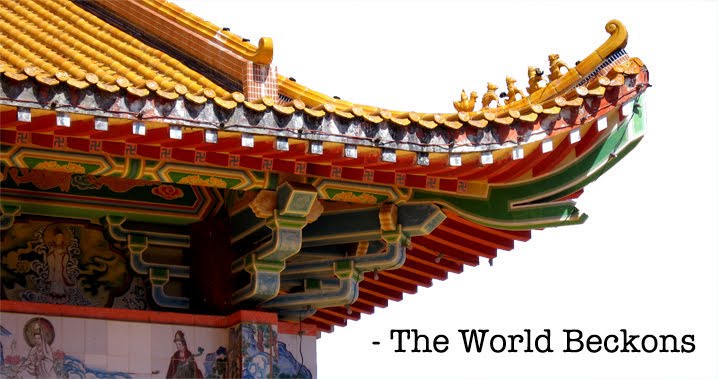 |
| Sprinting is hard when you're made of marble. |
The start and finish lines are still marked by blocks of marble.
The Olympics have changed a lot since they began – back then, Nike was just the Goddess of Victory, rather than a global fashion statement. She didn't need Dri-Fit or air cushions.
The modern games are also a world-wide, made-for-television spectacle comprised of far more than the original seven events. Now, women and other nations are allowed to compete.
Despite what you see during the beach volleyball events, the Games now also require you to wear clothes.
The long pathway to the stadium – where statues to Zeus once stood – however, shows some things have changed little: those found to have cheated were to commission a statue glorifying the god, which would serve as reminders to those competing that fair play was to be the ethos of the Games.
There were many.
Today, ancient Olympia is essentially a large pile of scattered stones and fallen columns amidst a heavily treed garden. The pungent smell of rosemary, which grows wild in the area, wafts through the air.
But these stones once included one of the seven wonders of the ancient world – the Statue of Zeus at Olympia – and formed the basis for the Olympic Games as we now know them.
Some even consider Olympia to be the cradle of democracy, as any Greek who had not murdered or sinned against the Gods could participate in the original games, regardless of class.
In the age of tyranny, victory guaranteed influence.
Such influence was worth its weight in gold.

No comments:
Post a Comment